The Mysterious Forest Monastery of Ritigala
The enigmatic remains of the Ritigala Monastery are tucked away on a mountain in the middle of a strict nature reserve. Difficult to reach and largely skipped by tourists, the archaeological site is the kind of place in which it’s easy to imagine Indiana Jones hunting for a fabled, lost treasure.
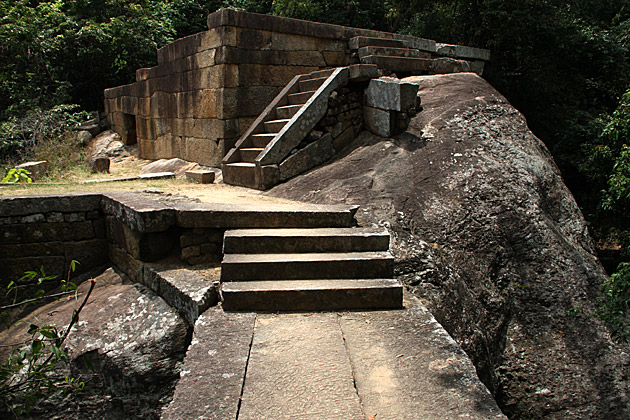
The long and easy path through the monastery starts at the ancient steps of an enormous bath, which was probably used by the monks to cleanse themselves before entering. At least, that’s the best guess: nothing concrete is known about the ruins of Ritigala. This was a secluded mountain sanctuary for monks who wanted to escape the everyday world, and their lives remain cloaked in mystery. There are no ruins that could have been used as shelters, for example, so did they sleep in caves? None of the usual Buddhist icons are found, no temples, Buddha images or Bodhi trees. What were these monks doing?
The ruins that we saw were fascinating, made even more intriguing by their secretness of their purpose. Our path led through three large “double-platform” pavilions. These structures were aligned exactly east-west, with one empty platform, and the other filled with columns. What might these have been used for? Meditation? Sermons? “Sacrifices“, Jürgen whispered into my ear.
Toward the top of the official route, we spotted another, smaller path cutting through the jungle. I checked my whip, adjusted my fedora, gave Jürgen the nickname “Short Round”, and we set off together on another adventure. Pushing through the woods, we passed innumerable ruins: baths, rock faces with indecipherable notches cut into them, chairs, and other remains we couldn’t identify. I sat down to rest in one of the stone chairs and, suddenly, it swiveled to the left, revealing a cache of gems hidden underneath. Fortune and glory, kid.
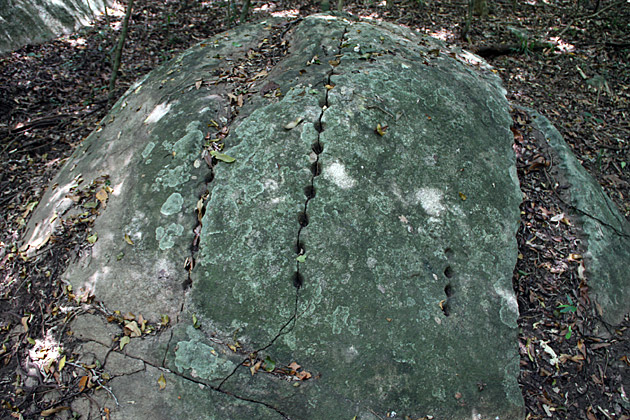
“Watch out, Indy!” cried Short Round. I ducked, and a lichen-covered scythe brushed over my head, perilously close. “Thanks, little buddy”. The forest darkened around us and, from it, we began to hear the low, ominous tones of a unholy chant. After stashing as many jewels as we could, me in my satchel, Shorty in his ball cap, we hurried down the path. Behind us, the mummified corpses of Buddhist monks had risen from the ground, and were in slow pursuit…
Okay, okay, sorry about that. But these were my thoughts as we explored the forest path. We continued along it for a long time, almost convinced that we should turn around, but we kept discovering more and more ruins, and it was too exciting. Soon enough, we emerged at a giant stone structure atop the hill that might have been a fort. From the top of it, we had an amazing view of the valley, and on the other side we found a flight of steps leading back to the main path.
We had an amazing time at Ritigala. If you’re in the mood for an exciting, atmospheric experience, you almost couldn’t do better. Don’t forget your whip.
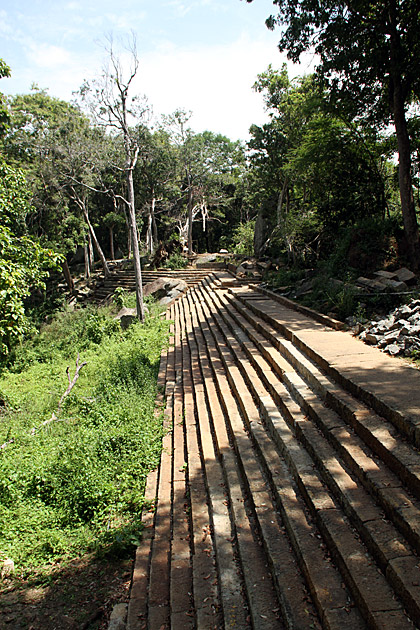
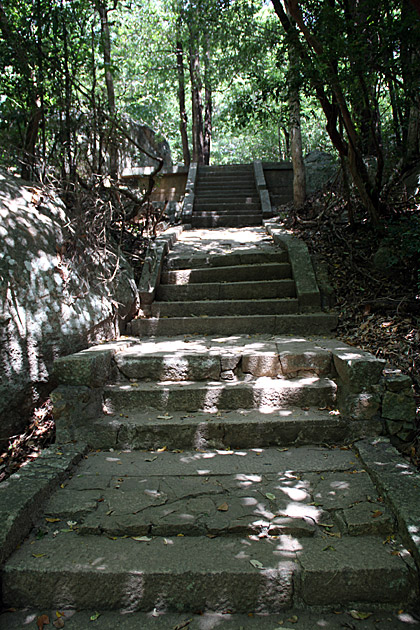
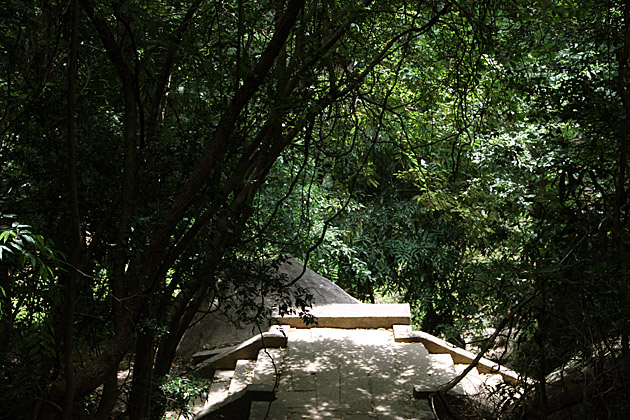
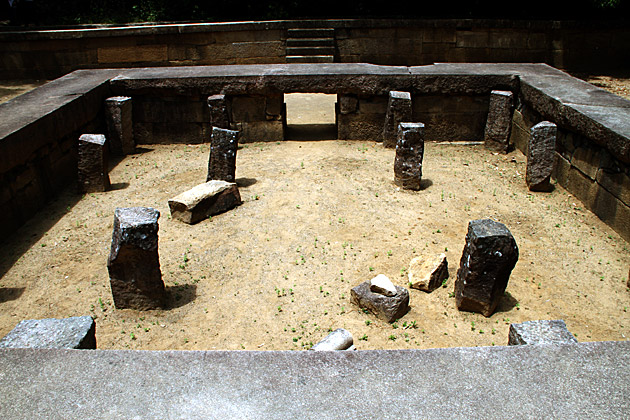
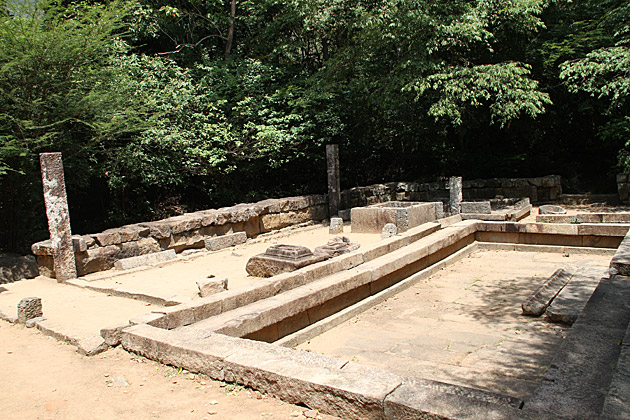
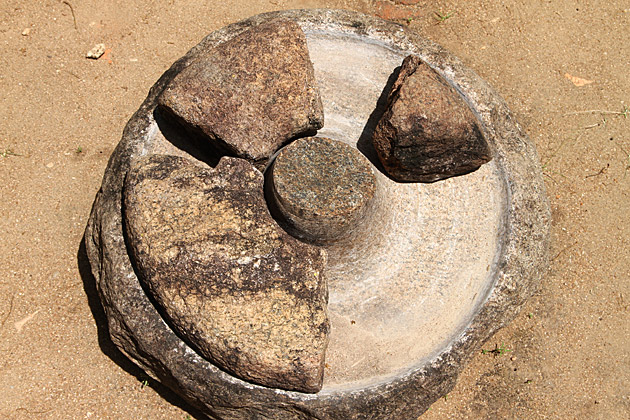
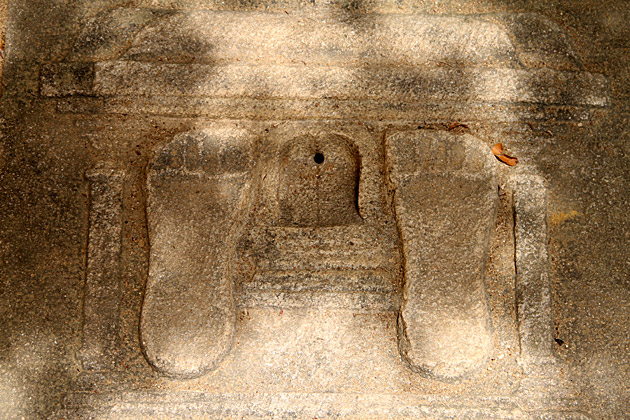
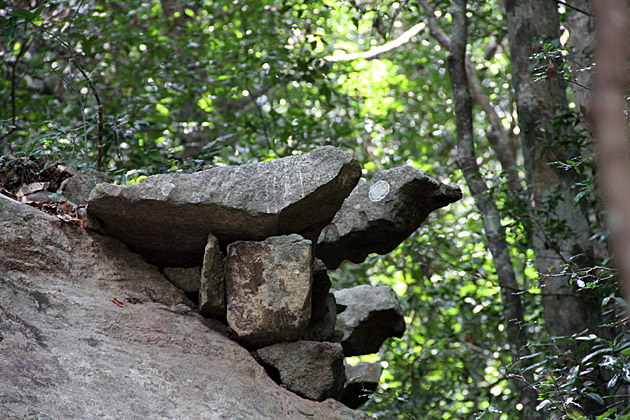
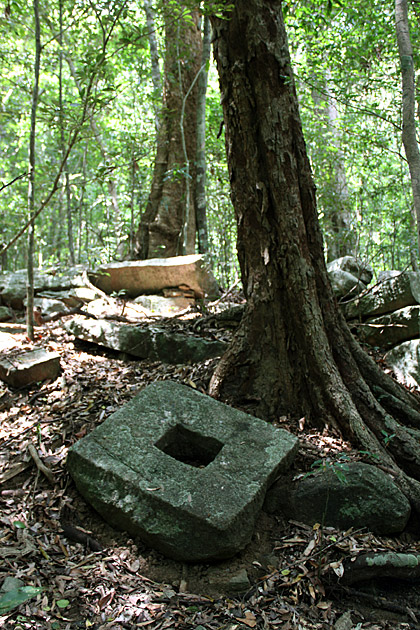
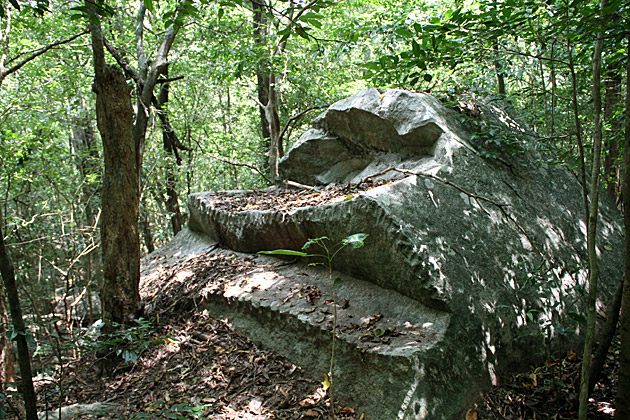
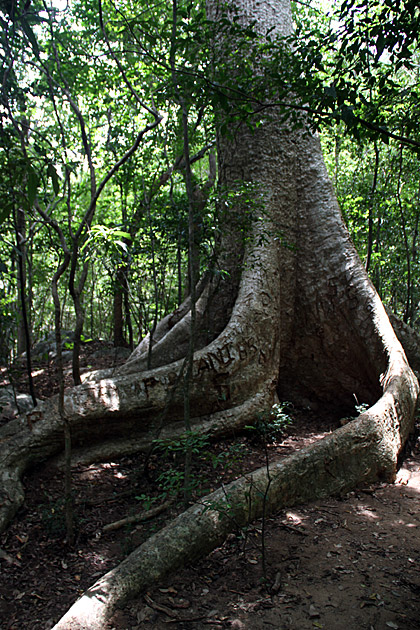
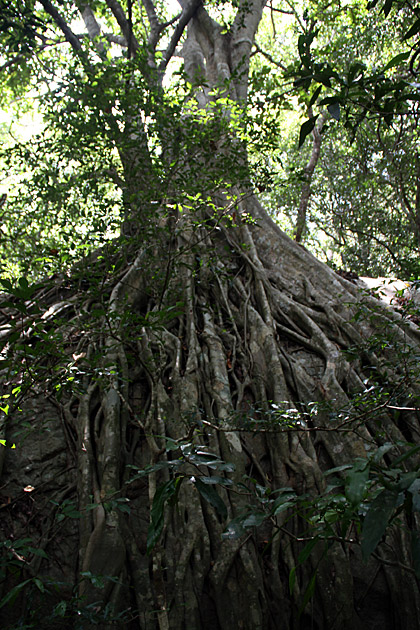
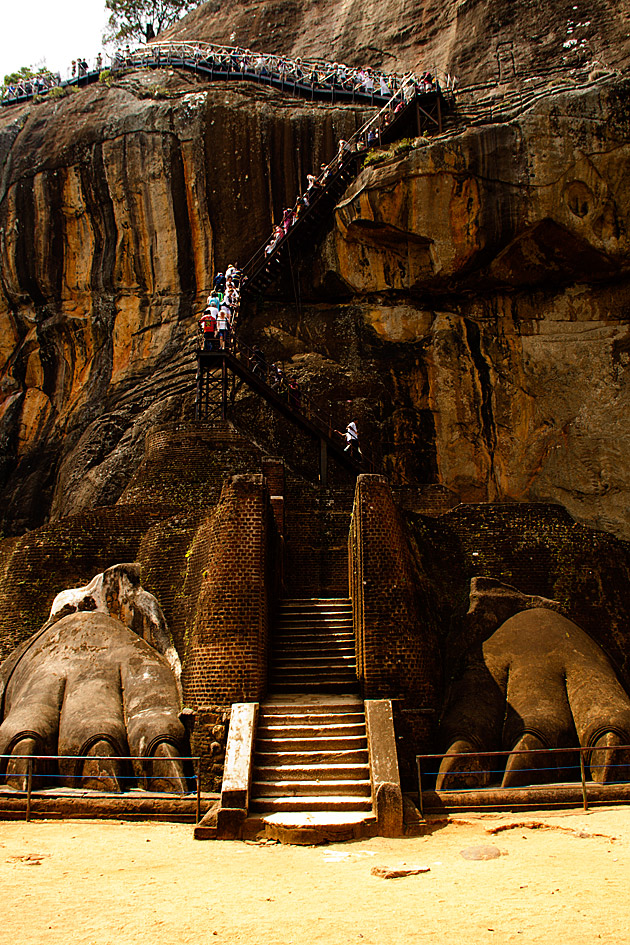
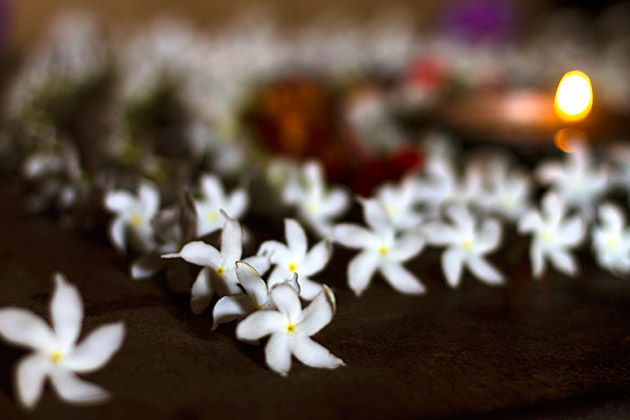
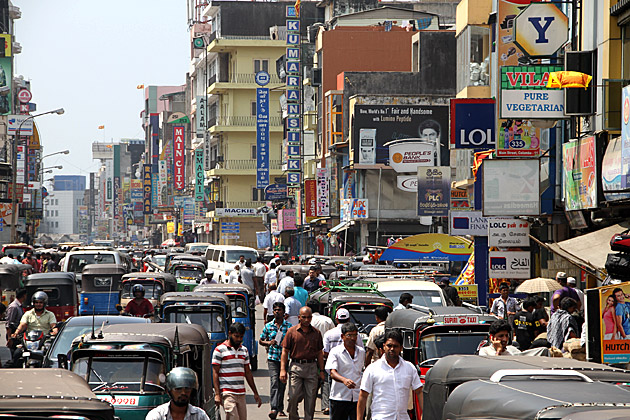

First, these pictures are awesome. Second, I never leave my whip behind. Third, I cannot think of a less-suited name for Jürgen than “Short Round.” Perhaps he should be holding the whip. -c
The lack of statues makes perfect sense. Buddha discouraged representations of himself, and early Buddhists kept to this. Instead his followers used images of (among other things) footprints, a bodhi tree, or the dharma wheel to represent the Buddha.
Images of Buddha only really started popping up once Alexander the Great reached India and Hellenistic influence started creeping in.
Nice site, and some great photos!